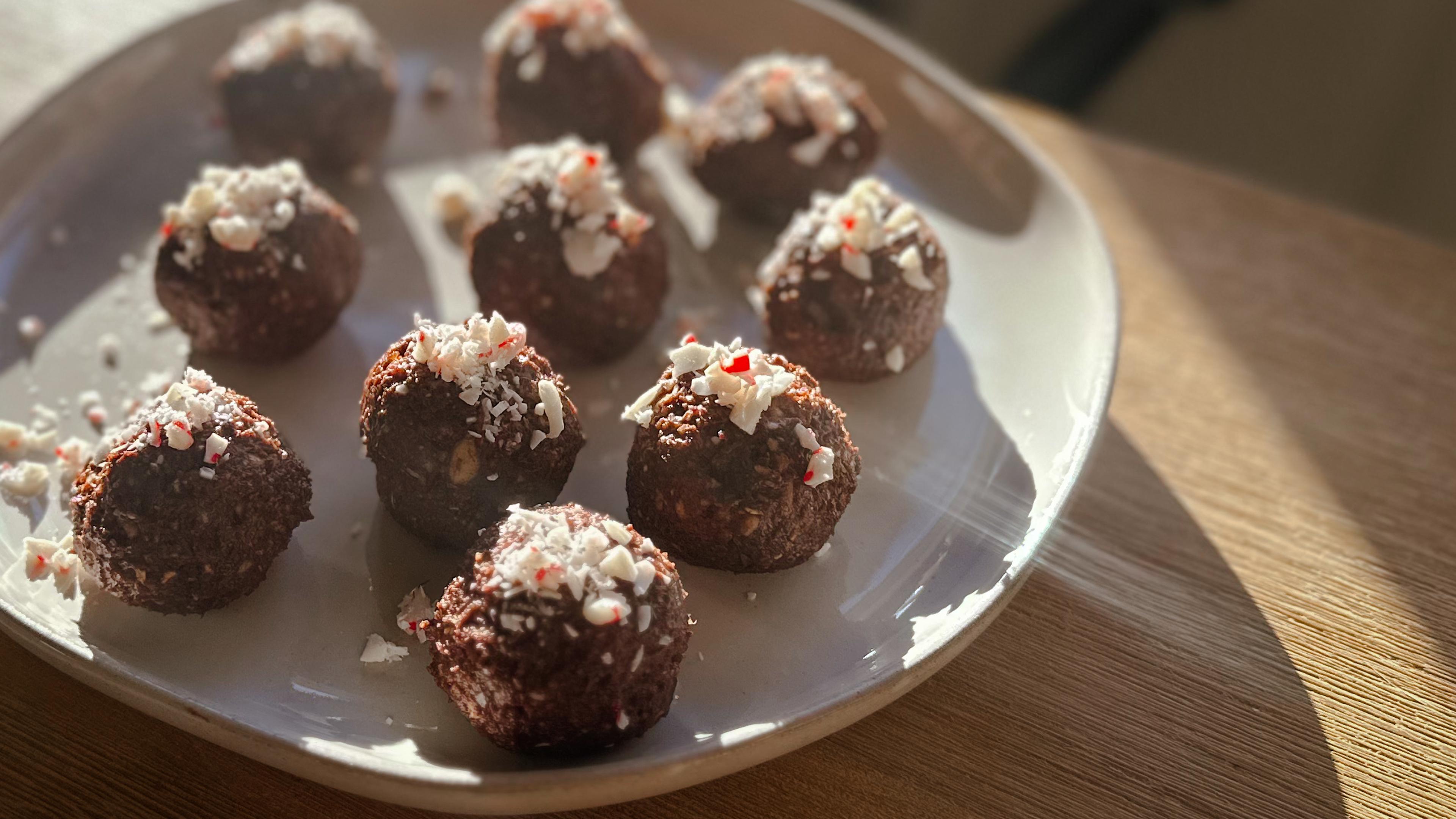Mushrooms 101
Shandra Martinez
| 4 min read

Mushrooms arrive on our plates in many different forms. Some come sauteed with garlic and served atop a steak or chicken. Thick portobellos are grilled and set on a bun. Sliced mushrooms top our pizzas, are folded into omelets and stirred into stews. If this nutrient-rich fungus is among your favorite foods, here’s a handy Mushrooms 101 guide to selecting, cleaning and serving them.
Health benefits of mushrooms
Mushrooms are not usually the flashiest foods on a menu, but they can be little nutritional powerhouses. Potassium, zinc, Vitamin B6, selenium and niacin are among the nutrients found in mushrooms, according to The Cleveland Clinic. They’re a low-calorie food – a cup of mushrooms has about 15 calories – that also contain protein and fiber.
Mushroom lovers know their taste varies by variety. The regular white-capped variety tends to be mild, easily absorbing the flavors of other foods cooked with them. Other types of mushrooms have a stronger flavor, sometimes described as earthy or woodsy. Textures vary from smooth to ruffled. On average, Americans eat about three pounds of mushrooms each year.
Foraged or store-bought mushrooms?
Unless you’ve grown up foraging wild mushrooms in the woods or have taken a class or been trained to pick them, stick to getting your mushrooms at the grocery store. Not all mushrooms you find in the wild are edible. Some can make you sick, so unless you’re sure, it’s best to buy them pre-packaged in a store or from a reputable vendor at your local farmer’s market. While there are more than a thousand varieties of this fungi, a couple dozen types are typically available in stores, either as fresh or dried mushrooms. Some of the most popular varieties include:
Button: Typically, white or light-colored. Mild taste
Cremini or baby bella: Firm feel, dark outer skin
Chanterelle: Shaped like a little trumpet
Portobello: Brown outer skin, a thick cap
Enoki: Tiny, white stems with little caps
Oyster: Shaped like a fan with a little cap
Porcini: Thick stems, reddish cap
How to clean mushrooms
When it comes to cleaning mushrooms before eating them raw or cooking them, people have lots of opinions about the best way to do it. The expert chefs at America’s Test Kitchen did some sink-side research and recommended washing whole, fresh mushrooms in the water to get any dirt or debris off them before slicing and cooking them. Putting whole, washed mushrooms in a salad spinner will get rid of excess moisture. If you’ve already sliced fresh mushrooms, don’t wash them in water. Cut mushrooms will soak up water like a sponge. Eating mushrooms raw? Don’t use water, just brush them off with a clean toothbrush or some paper towel.
Storing. If you buy pre-packaged mushrooms from the store, chances are they will come in a little tray or container with ventilation. Once you open the package, leave any unused mushrooms in there and simply cover the top with plastic wrap. If you have loose mushrooms or purchased them in a paper bag, transfer them to a zippered plastic bag and only sip it closed half-way.
Trimming. Most mushrooms need minimal trimming. Mushroom caps don’t need to be cut down at all. Whole mushrooms often just have the very ends of the stems removed.
Check for freshness. Fresh mushrooms have a pretty short life. Even if you have not opened their store container, they can deteriorate quickly. Most are meant to be eaten within a week of purchase. If you are not sure if they are fresh, check the outsides of the mushrooms. Sliced mushrooms should have brown or soft spots on the inside. Whole mushrooms should not feel watery or slimy to the touch.
Cooking and eating. There are so many ways to use raw and cooked mushrooms. Raw mushrooms are a great addition to a veggie tray and salads. Thick mushroom caps can be stuffed with rich and veggies, topped with cheese, and baked for a main dish. Mushrooms can be used in stews in place of meat. If you’ve got extra mushrooms, sauté them in a little olive oil and keep them refrigerated until you can use them in dishes like this:
- Mixed pasta, herbs and parmesan for a main dish
- Layered on hummus and fresh veggie strips in a pita
- Blended with bleu cheese chunks and served atop steak
- Simmered in a creamy wine sauce and spooned over cooked chicken breast
Related:
Photo credit: Getty Images





